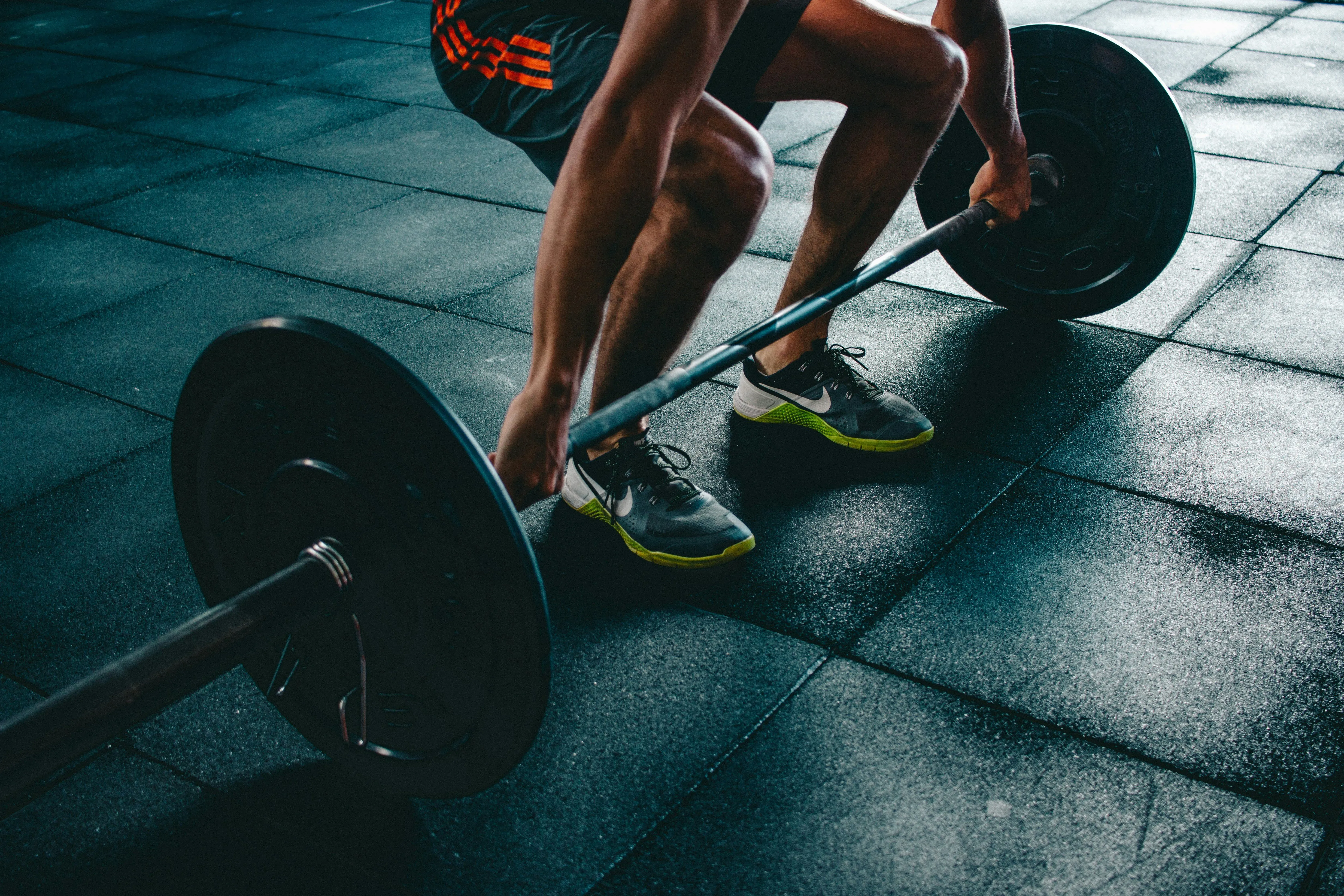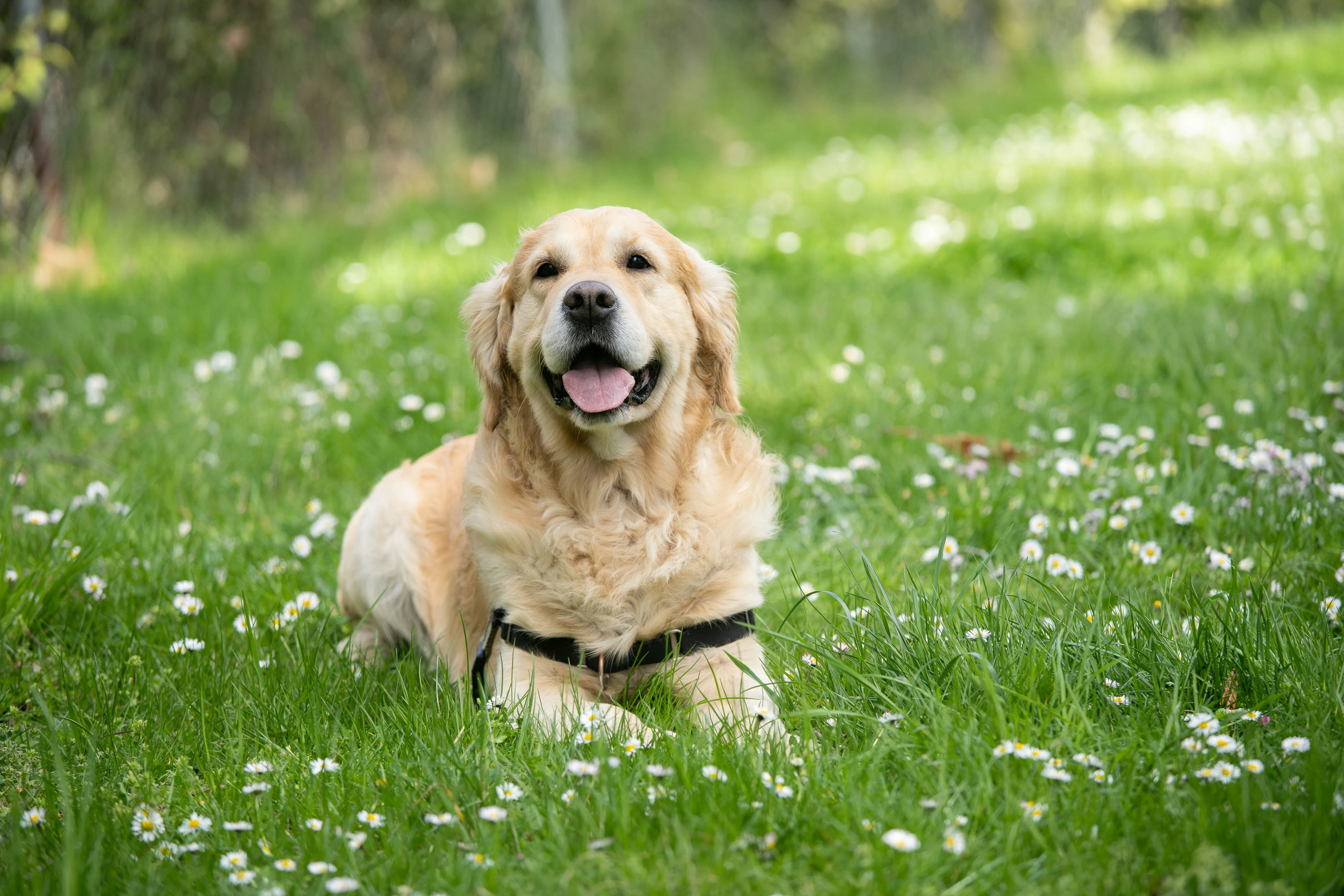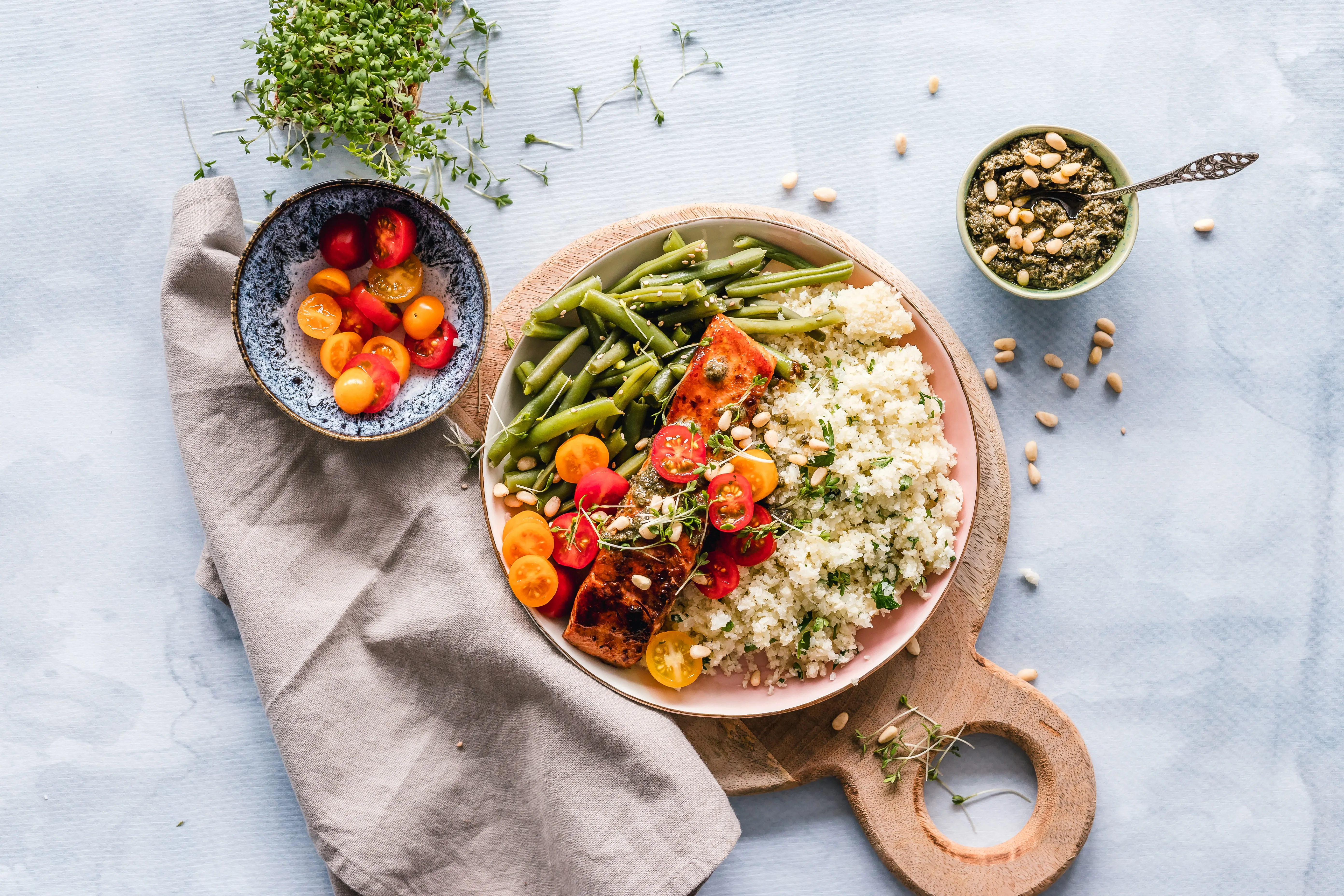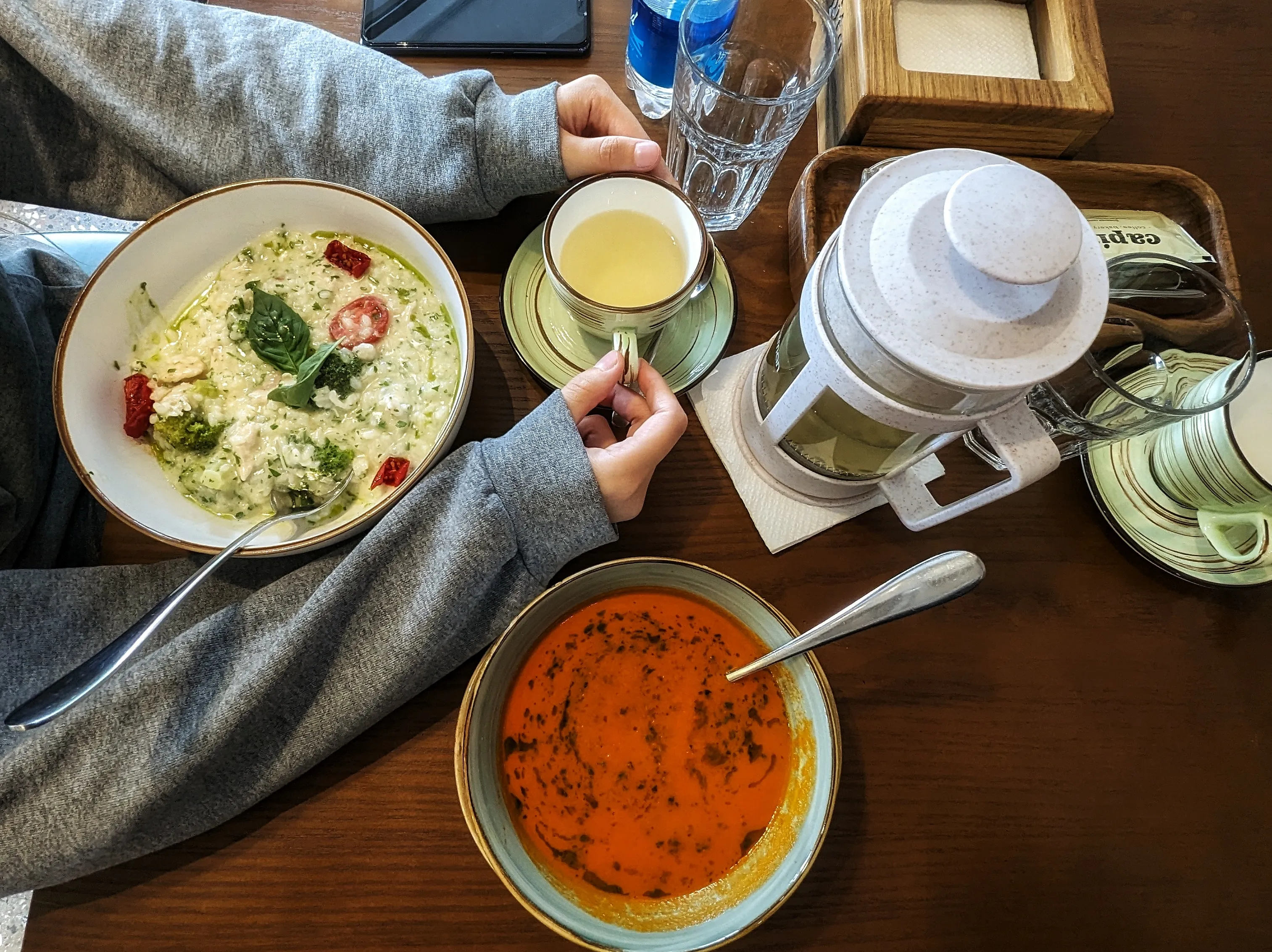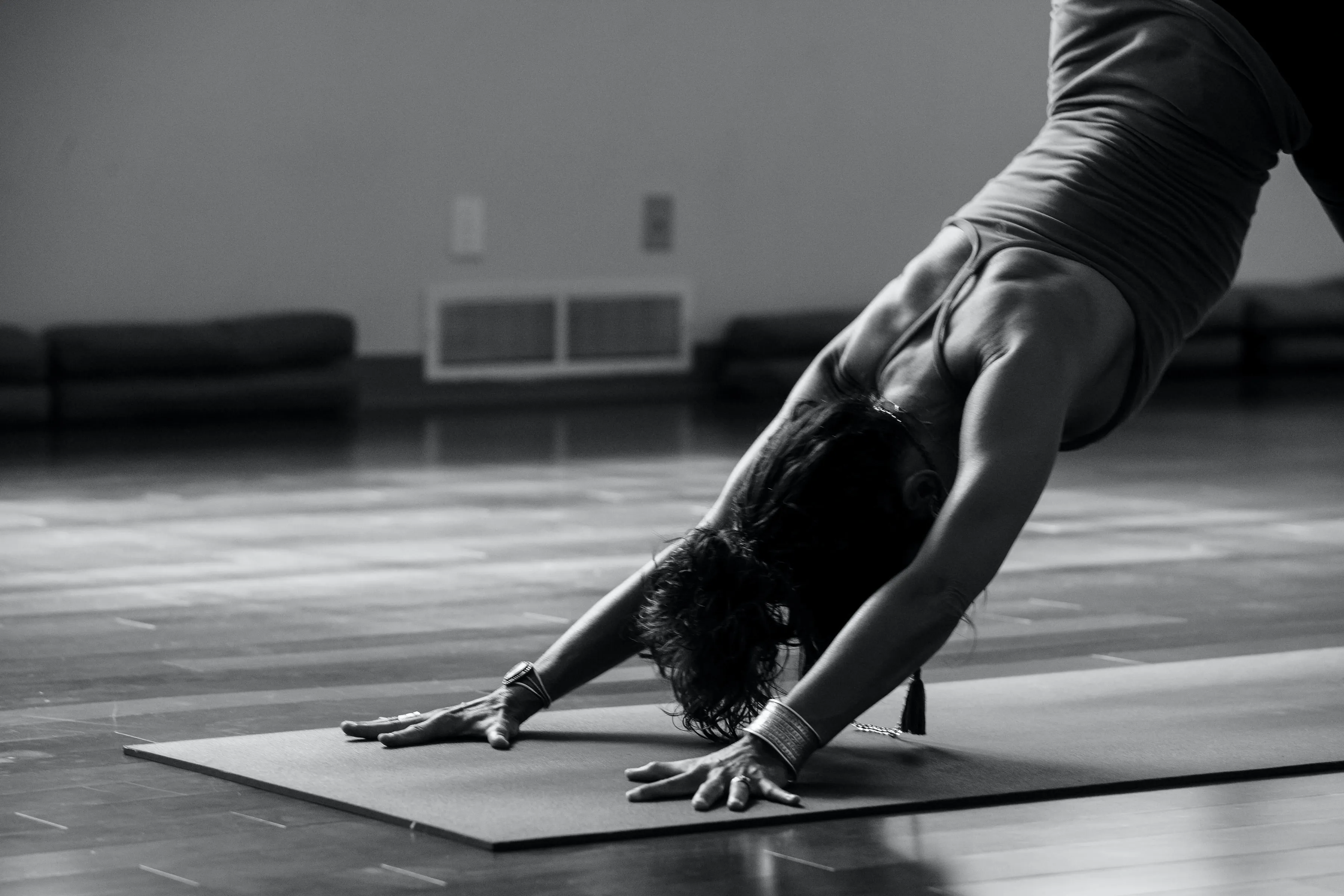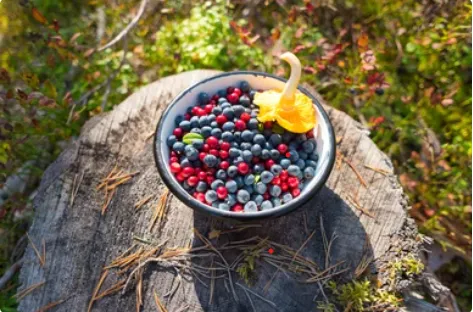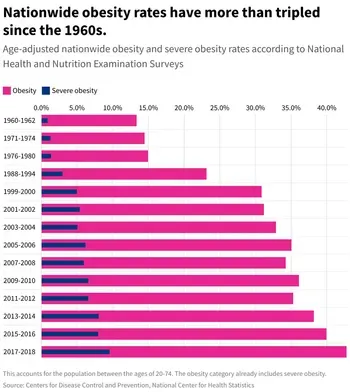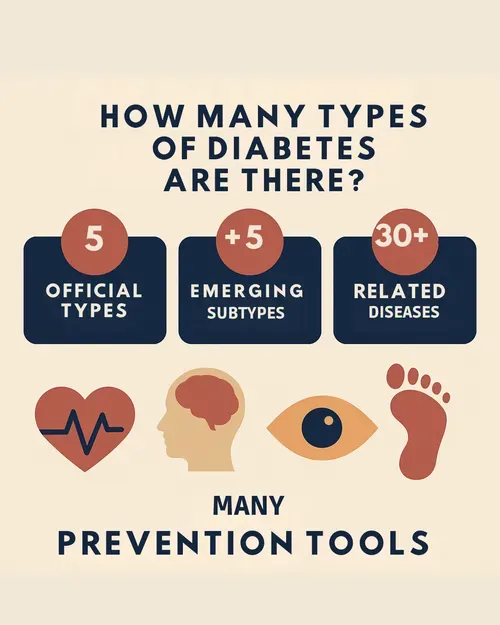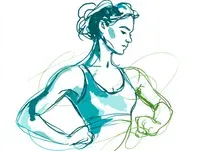Cultivating Juiciness and Youthfulness (Rasa) via Daily Rasa and Rasayana Practices
Imagine feeling vibrant, youthful, and full of life every day—like the essence of vitality flows through your body and mind. This is the promise of Rasa, a fundamental concept in Ayurveda that refers to the essence of life that nourishes us on all levels. When our Rasa is abundant and flowing, we experience juiciness in life—feeling energetic, creative, and resilient. But how do we cultivate and maintain this state of vibrant well-being?
The answer lies in integrating Rasa and Rasayana practices into our daily routine. These time-honored Ayurvedic principles not only promote vitality but also work to rejuvenate the body, balance blood sugars, and restore inner harmony, especially for those managing diabetes or metabolic health concerns. Whether you're looking to enhance your health or simply live more fully, the wisdom of Rasa and Rasayana offers a path to lasting youthfulness and energy.
In this article, we’ll explore what Rasa and Rasayana mean, how they apply to modern life, and practical ways to incorporate these practices into your daily routine. Together, we'll dive into exercises, dietary habits, and mind-body techniques that help you master your health, balance your blood sugars, and unlock a deeper connection to your inner vitality.
Let’s begin this journey toward cultivating juiciness, longevity, and enlightened living.
What is Rasa and Rasayana?
If you're on a journey toward better health and well-being, you may have come across the terms Rasa and Rasayana. But what do they really mean, and how can they guide us toward mastering health for enlightened living—especially for those managing diabetes or metabolic health concerns?
Let’s dive deeper into these fascinating concepts from Ayurveda and how they inform my holistic approach to health coaching.
What is Rasa?
In Sanskrit, "rasa" is a word that carries many meanings, from "juice" to "plasma" to "life essence." It also refers to the emotions, of which seven primary expressions exist in Indian aesthetics, each evoking different feelings through art, music, and drama.
In Ayurveda, rasa is much more than a poetic term. It refers to the first of the seven bodily tissues and is considered the foundational essence that nourishes the entire body. Rasa nourishes, boosts immunity, and helps maintain both the physical body and mental well-being. In short, it’s the vital fluid that sustains life.
When we speak of cultivating rasa, we’re talking about nurturing the life energy within us, allowing us to stay in balance physically, emotionally, and spiritually.
What is Rasayana?
In Ayurveda, Rasayana is the science of rejuvenation—one of the eight branches of this ancient healing system. The word "Rasayana" is a combination of "Rasa" (nutrition or essence) and "Ayana" (circulation or promotion).
Rasayana therapies restore vitality, rejuvenate the body, and promote longevity. But it’s not just about living longer; it’s about living better. Rasayana focuses on multiple pathways to slow aging, improve quality of life, and re-establish the body's natural rhythms. It is an integrative approach to achieving vitality, resilience, and fullness of life.
My Approach as a Rasayana Practitioner
As a certified holistic health coach trained in Rasa Yoga, Integrative Nutrition, Ayurveda, and Rasayana, I blend these ancient practices with modern knowledge to help people master their health. My approach emphasizes finding balance and harmony in every aspect of life, especially for those managing diabetes or metabolic health challenges.
For those with diabetes, managing blood sugar levels is critical. Through personalized coaching, I help clients cultivate rasa—life’s essence—by incorporating healthy behaviors, movement, and mindfulness practices that nourish both body and soul.
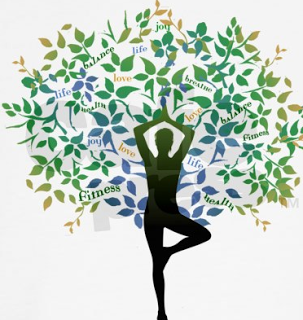
Why Movement Matters: Lowering Blood Sugar with Exercise
For everyone (not just diabetics), movement is essential for cultivating rasa and maintaining balanced blood sugar levels. Exercise has been proven to lower blood sugar, improve glycemic control, and enhance overall well-being. Even simple exercises like squats or calf raises can make a significant impact—sometimes even while you're still at the dinner table!
But what type of exercise is best for this, and how do you keep it interesting? Let’s explore some effective exercises for blood sugar management and cultivating rasa.
Best Exercises for Cultivating Rasa and Lowering Blood Sugar
1. Isometric Exercises: The Power of Stillness
Isometric exercises, or static exercises, are incredibly effective for managing both blood pressure and blood sugar. A 2023 review of 270 studies found that isometric exercise reduced systolic blood pressure by 8.24 mm Hg and diastolic pressure by 2.5 mm Hg—more effective than many other forms of exercise!
Common isometric exercises include:
- Wall sits
- Planks (both floor planks and modified knee planks)
These static exercises involve holding a position, contracting muscles, and releasing, which improves blood vessel relaxation and overall cardiovascular health.
2. Yoga: Cultivating Rasa Through Movement and Stillness
Yoga is more than just flexibility; it’s a powerful tool for reducing stress, lowering blood pressure and sugar, and improving insulin sensitivity. Many forms of yoga, particularly Rasa Yoga, emphasize pulsation, stillness, and the cultivation of energy.
Yoga is a moving meditation that helps the body relax, improves mindfulness, and prepares us for deeper meditation. This is why it is one of the most effective tools for balancing both physical and emotional energy.
3. Aerobic Exercise: Energizing the Body and Mind
Aerobic exercises are excellent for lowering blood sugar levels and improving cardiovascular health. Consider these options:
- Walking: A brisk 30-minute walk can lower blood sugar significantly. You can do it anywhere—around the neighborhood, in a park, or even while running errands.
- Cycling: Low-impact and great for joint health, cycling helps reduce blood pressure and sugar levels.
- Swimming: A full-body workout that’s gentle on the joints and perfect for blood sugar management.
- Dancing: Fun and energetic, dancing can make fitness feel more like a celebration and less like a chore.
4. Strength Training: Building Muscle and Improving Insulin Sensitivity
Building muscle can improve insulin sensitivity and stabilize blood sugar. Some effective strength-training options include:
- Weight lifting: Start small and work your way up.
- Bodyweight exercises: Push-ups, squats, and lunges can be done anywhere.
- Resistance bands: Portable and effective for strength training on the go.
5. Flexibility and Balance: Keeping the Body Nimble
Exercises like yoga and Tai Chi improve flexibility and balance, which are crucial for overall well-being and blood sugar control. These practices are also calming and meditative, making them perfect for reducing stress and anxiety.
6. High-Intensity Interval Training (HIIT): Quick and Effective
HIIT is a great option for those short on time. It involves short bursts of intense activity followed by rest periods. HIIT improves insulin sensitivity, cardiovascular health, and overall fitness, making it highly effective for managing diabetes.
Overcoming Common Obstacles to Exercise
Even though exercise is essential, many people—especially those managing chronic conditions like diabetes—face challenges when trying to maintain a regular routine. Here are some common obstacles and solutions:
1. Lack of Time
- Solution: Break exercises into smaller sessions throughout the day. Even 10-minute bursts can make a difference.
2. Physical Limitations or Chronic Conditions
- Solution: Opt for low-impact exercises like swimming, yoga, or cycling. Always consult with a healthcare provider for personalized advice.
3. Lack of Motivation
- Solution: Set realistic goals, track progress, and find a workout buddy for accountability.
4. Fear of Low Blood Sugar
- Solution: Keep snacks or glucose on hand, adjust insulin as needed, and monitor your blood sugar before and after exercise.
The Power of Rasayana in Health Coaching
As a Rasa Yoga teacher and Rasayana practitioner, my goal is to help you awaken your inner vitality, manage blood sugar levels, and live consciously. By integrating ancient Ayurvedic wisdom with modern health strategies, I guide individuals—particularly those with diabetes and metabolic issues—to master health for enlightened living.
Stay healthy and vibrant in all ways!
Karin, Integrative Holistic Specialist
References
Why This Exercise Is So Good for High Blood Pressure (2024) WebMD. WebMD. Available at: https://www.webmd.com/hypertension-high-blood-pressure/news/20240111/why-this-exercise-is-so-good-for-high-blood-pressure (Accessed: 3 July 2024).
Blum, D. (2023) A Simple 14-Minute Workout That Could Lower Your Blood Pressure, The New York Times. The New York Times. Available at: https://www.nytimes.com/2023/07/26/well/blood-pressure-workout-wall-squat.html (Accessed: 3 July 2024).

